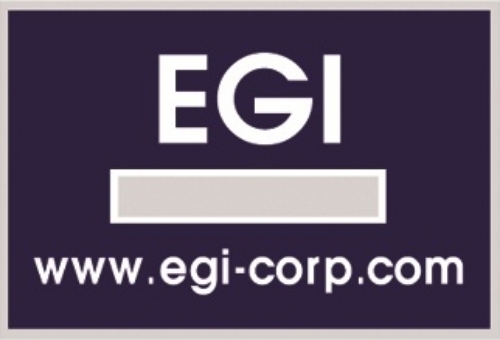Patient/Animal Care Facilities & Laboratories

Smithsonian Environmental Research Center - Emergency and Standby Power
EGI furnished and installed emergency generators and related electrical equipment to supply the Smithsonian Environmental Research Center with power in the event of an electrical outage. The initial work involved installing underground electrical infrastructure, site clearing, and pouring of concrete pads to support the new equipment. A crane was required to lift and set the 51,000 lb generator. Finally, the new emergency equipment was tied into the facility’s existing electrical systems. Exterior work included security fencing and landscaping. The total scope included installation of four emergency generators ranging in size from 350KW to 1,000KW.

National Zoo Life-Safety Upgrades
EGI was the prime contractor for this series of projects carried out at the National Zoo in Washington, DC. These projects included installation of fire suppression systems and permitting of utilities, demolition, sitework, installation of highly technical equipment, and complex scheduling issues to accommodate the public traffic and nature of the Zoo, as well as many animal-specific concerns.

NIH Building 34/34a Decommissioning
EGI-HSU was the prime contractor on this NIH Bethesda Campus project to complete remediation work in Building 34/34a prior to building demolition. EGI-HSU performed removal of all asbestos-containing materials by professionals with licensed asbestos abatement. EGI-HSU also evaluated and considered the structural integrity of the building prior to removal of asbestos-contaminated cooling tower panels. The work also included abatement of biological contamination found in Building 34/34a fungal growth, and animal waste and surface cleaning, and disinfecting after removal of contaminants.

NIH Building 10 11th Floor D Wing Lab Renovation
EGI HSU renovated laboratory areas of 11th floor of the D Wing to enhance efficiency and improve lab productivity by reconfiguring existing laboratory spaces with sustainable features to achieve flexibility, energy efficiency, and quality work environment. Renovations included demolition in three rooms; partial demolition to accommodate the new configuration of lab modules in one room; directing specialty subcontractors in design and installation of a client-initiated change order requests for new specialty metal and wood laboratory-grade casework and windows.

NIH Building 10 Fire Alarm System Upgrade
EGI-HSU was tasked with upgrading the entire NIH Building 10 Complex Fire Alarm system located on the Bethesda Campus. Building 10 houses different tenants on each floor including: The Mark O. Hatfield Clinical Research Center , Research Laboratories, a Vivarium, Animal Surgery Suite, Offices, Hospital Support Services, the NIH Library, and Radiation Oncology. We installed over 26 miles of fire alarm wiring with 10,000 feet of fiber, serving 1,595 circuits, 3,374 smoke detectors, 1,059 manual pull stations, 634 tamper switches, 500 flow switches, 392 Intelligent interface modules, 101 heat detectors, 23 pressure switches, 23 low air switches, 96 panels, 6,645 notification devices (speakers, strobes, speaker-strobes), and 5 Network Command Centers.

